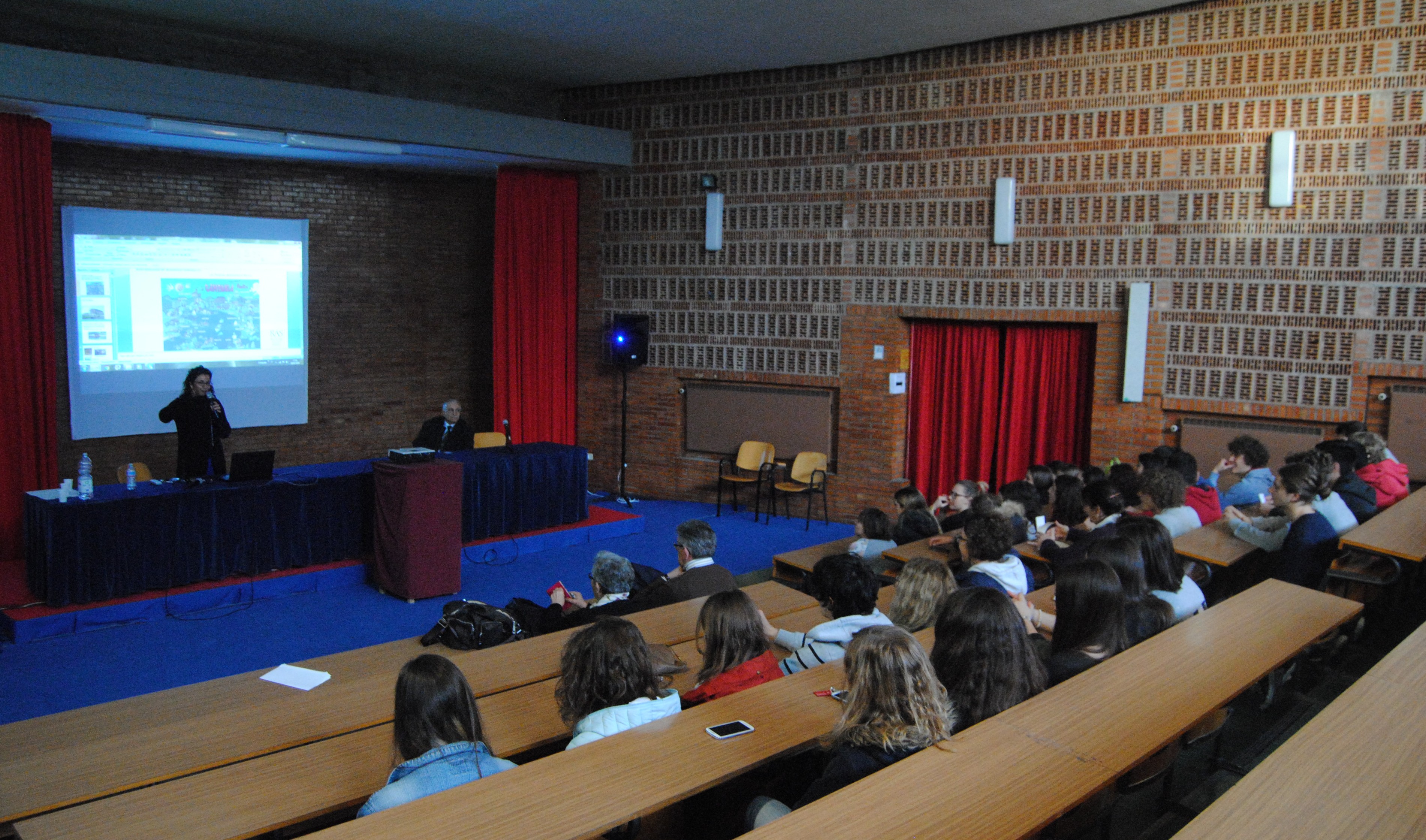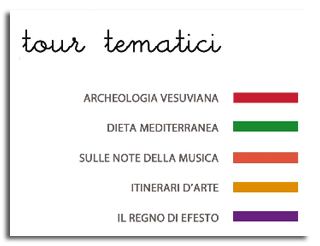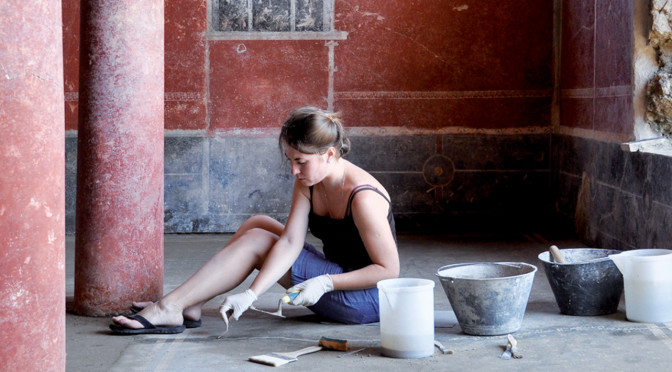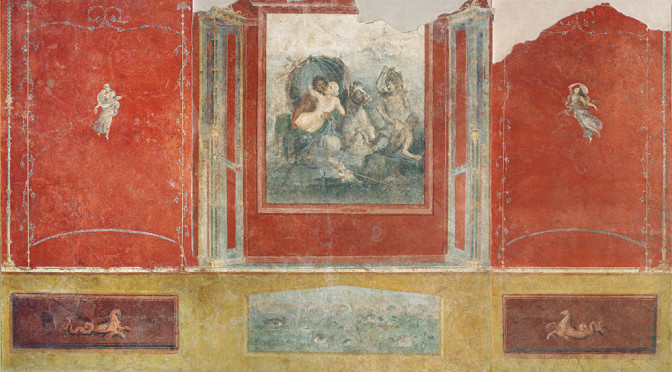L’antica Stabiae, fondata tra VII e VI a.C., fu una delle località prescelte dall’aristocrazia romana e da esponenti della cerchia imperiale, che vi fecero costruire imponenti ville di lusso in posizione panoramica, sul ciglio del pianoro di Varano; con l’eruzione del 79 d.C. la città venne sepolta da una coltre di lapillo e cenere di circa 4 m, assieme a Pompei ed Ercolano, ma a differenza di esse Stabiae ritornò a vivere molto presto, divenendo famosa per le virtù terapeutiche delle sue acque termali.
VISITA GUIDATA A VILLA SAN MARCO
Si visiteranno i diversi ambienti in cui si articola il complesso, tra cui il quartiere dell’atrio con annesso quartiere rustico, il quartiere termale, l’area del peristilio inferiore e superiore; si potranno così ammirare i magnifici affreschi, in parte ancora intatti dall’epoca dell’eruzione, ed i preziosi mosaici e stucchi che adornavano il ninfeo, immersi in una splendida cornice naturale.
VISITA GUIDATA A VILLA ARIANNA
Si visiteranno i diversi ambienti in cui si articola il complesso, comprendenti l’atrio, gli ambienti di servizio con annesso quartiere termale, il triclinio con ambienti annessi e l’area del peristilio. Particolare attenzione sarà rivolta alla splendida decorazione parietale, in III e IV stile, caratterizzata da un’eccezionale raffinatezza di particolari, per poi volgere lo sguardo al magnifico panorama sul Golfo di Napoli.
LECTURE SUL SITO DI STABIAE
Si tratterà la storia del sito archeologico di Stabiae, dall’eruzione del Vesuvio nel 79 d.C. che la seppellì insieme a Pompei ed Ercolano, ai primi scavi effettuati nel ‘700 ad opera dei Borbone; si approfondirà il discorso sulle ville d’otium che sorsero sulla collina di Varano tra I a.C. e I d.C., focalizzando l’attenzione su Villa San Marco e Villa Arianna, un tempo abitate da ricchi patrizi romani.








